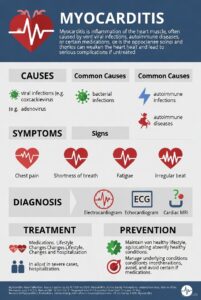|
Effects of aging |
|
|
Drug-receptor interaction |
|
|
Metabolism |
|
|
Absorption |
|
|
Circulation |
|
|
Excretion |
|
|
Distribution |
|
-
- Safety
- Older adults are at higher risk for accidents
- Most occur in or around the home
- Declining thermoregulation accounts for the higher rate of deaths during severe cold spells and heat waves
- Carefully orient older adults on admission
- Older adults are at higher risk for accidents
- Depression
- Not a normal part of aging
- Second highest rate of suicide occurs in those over 75
- Occurs together with medical conditions
- Adequacy of sleep is a common concern
- Safety
- Evaluation
- Is there an identifiable change in ADLs, IADLs, mental status, or signs and symptoms of the disease?
- Does the individual consider his or her health state to be improved?
- Does the individual think the plan is helpful?
- Do the individual and caregiver think the care is worth the time and cost?
- Can you document positive changes that support the interventions?




